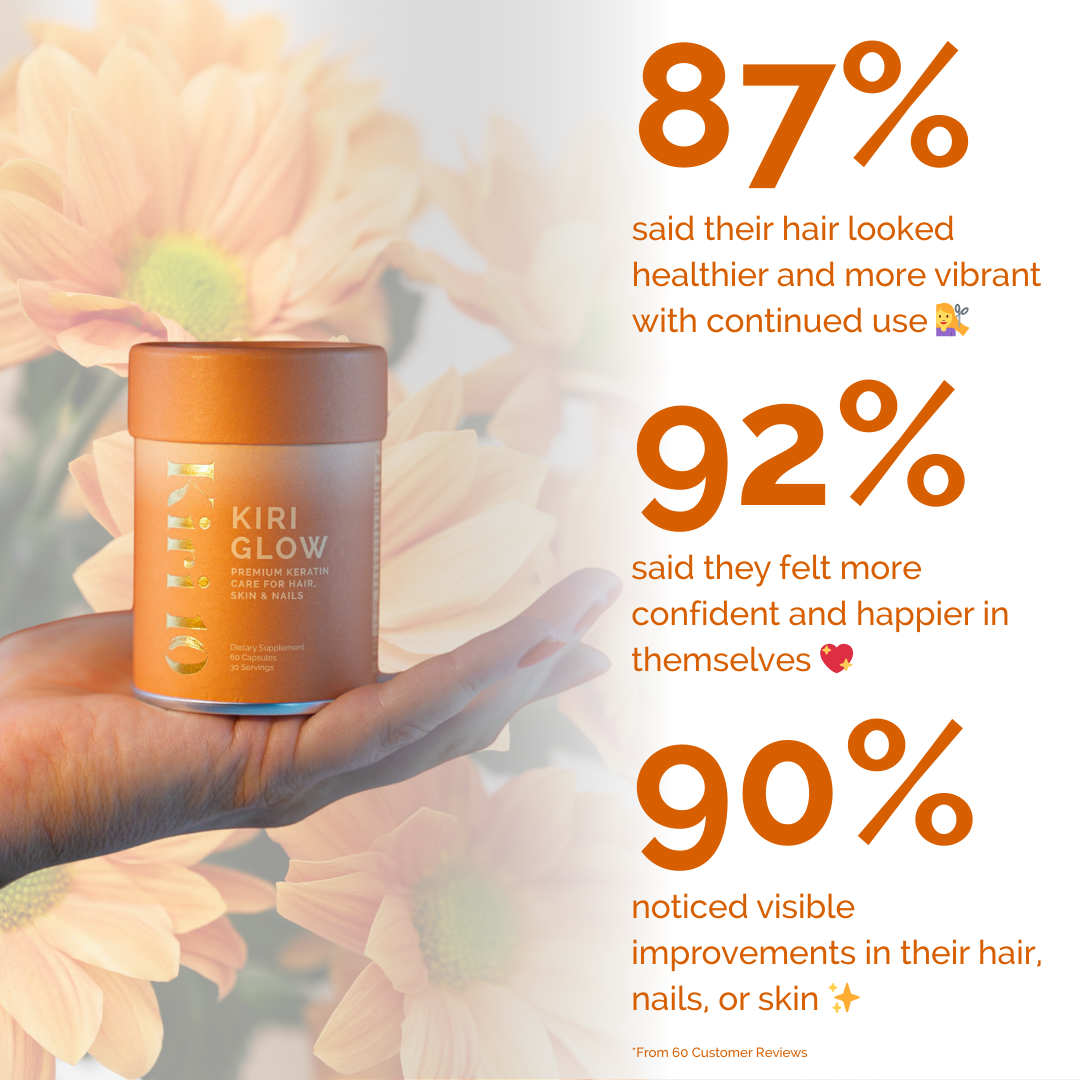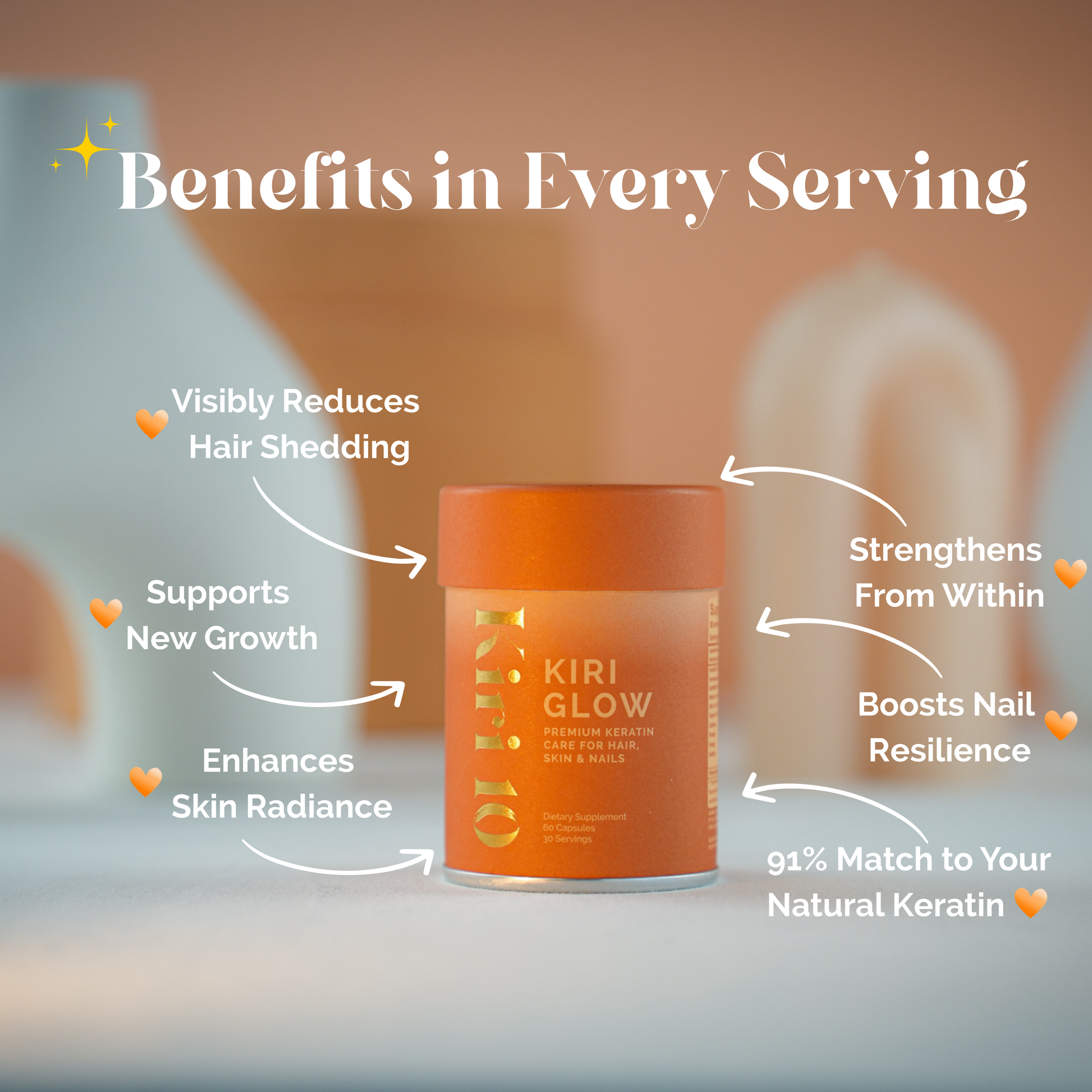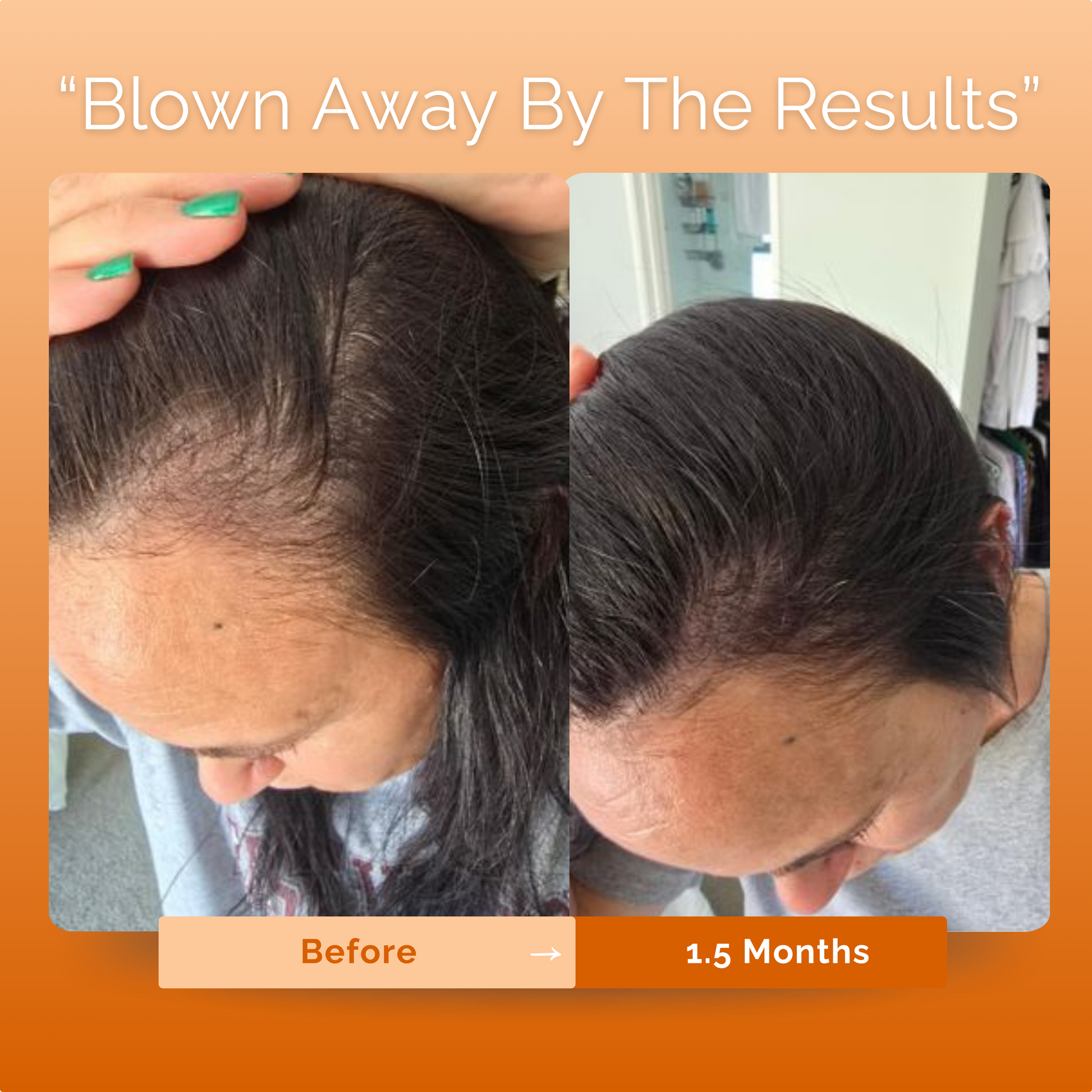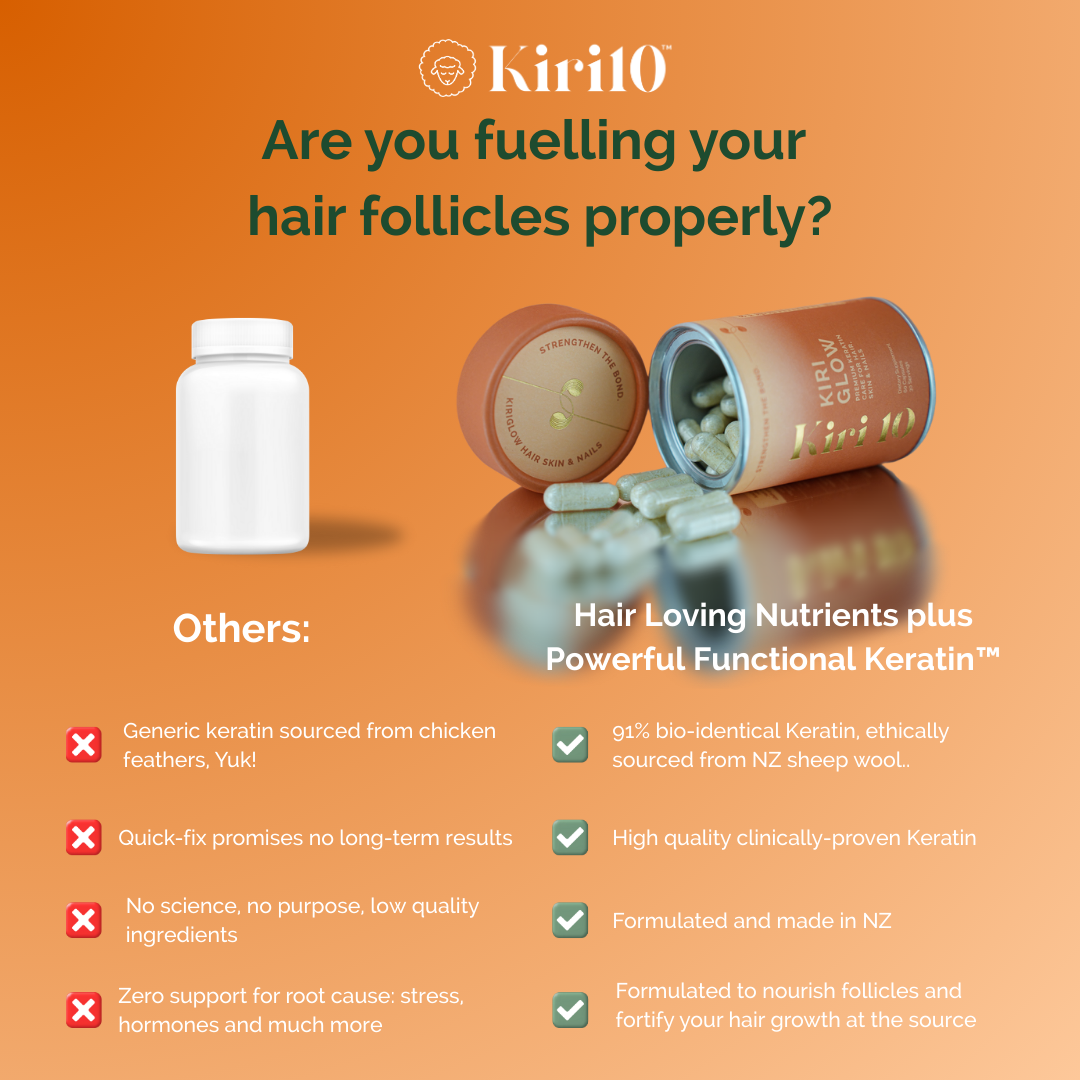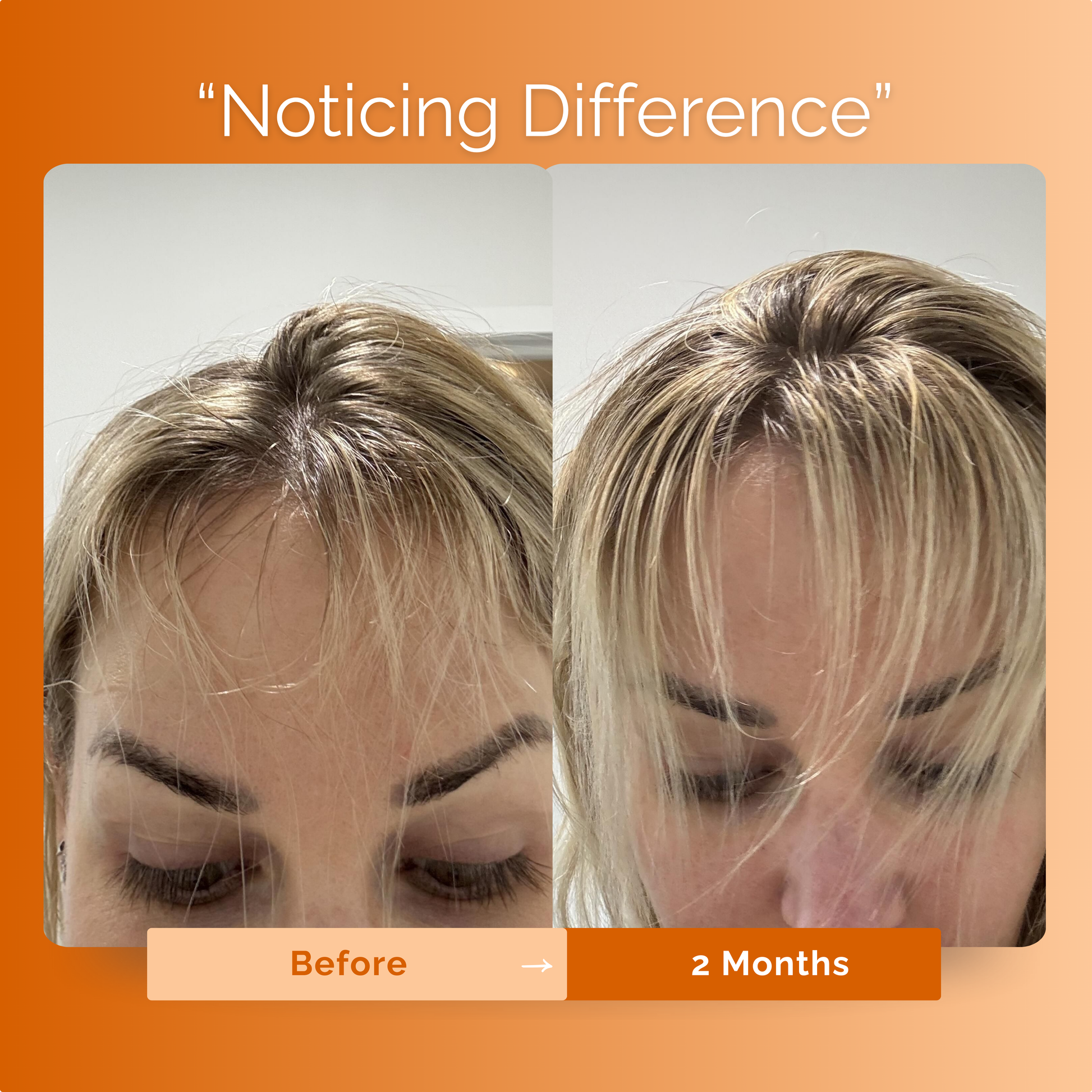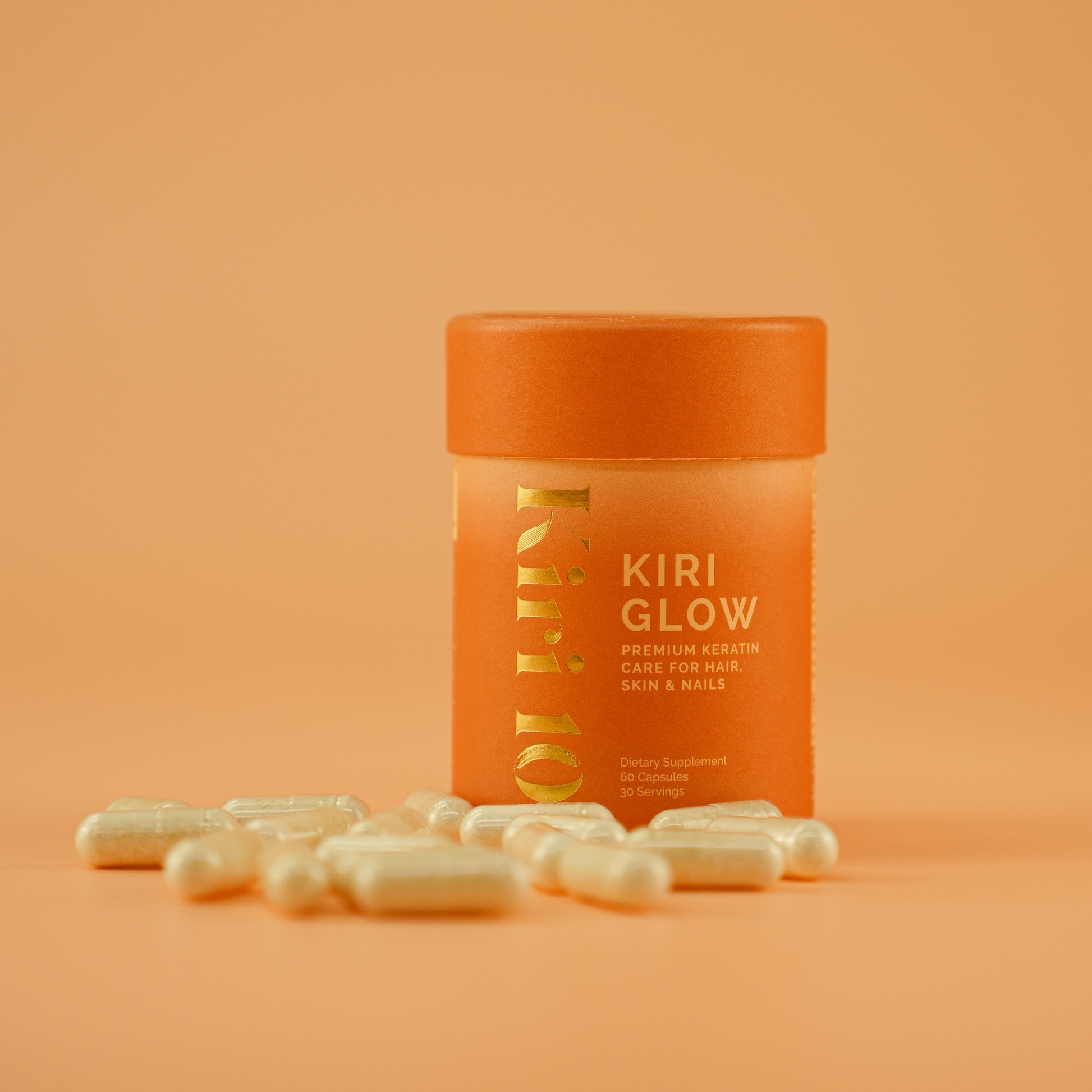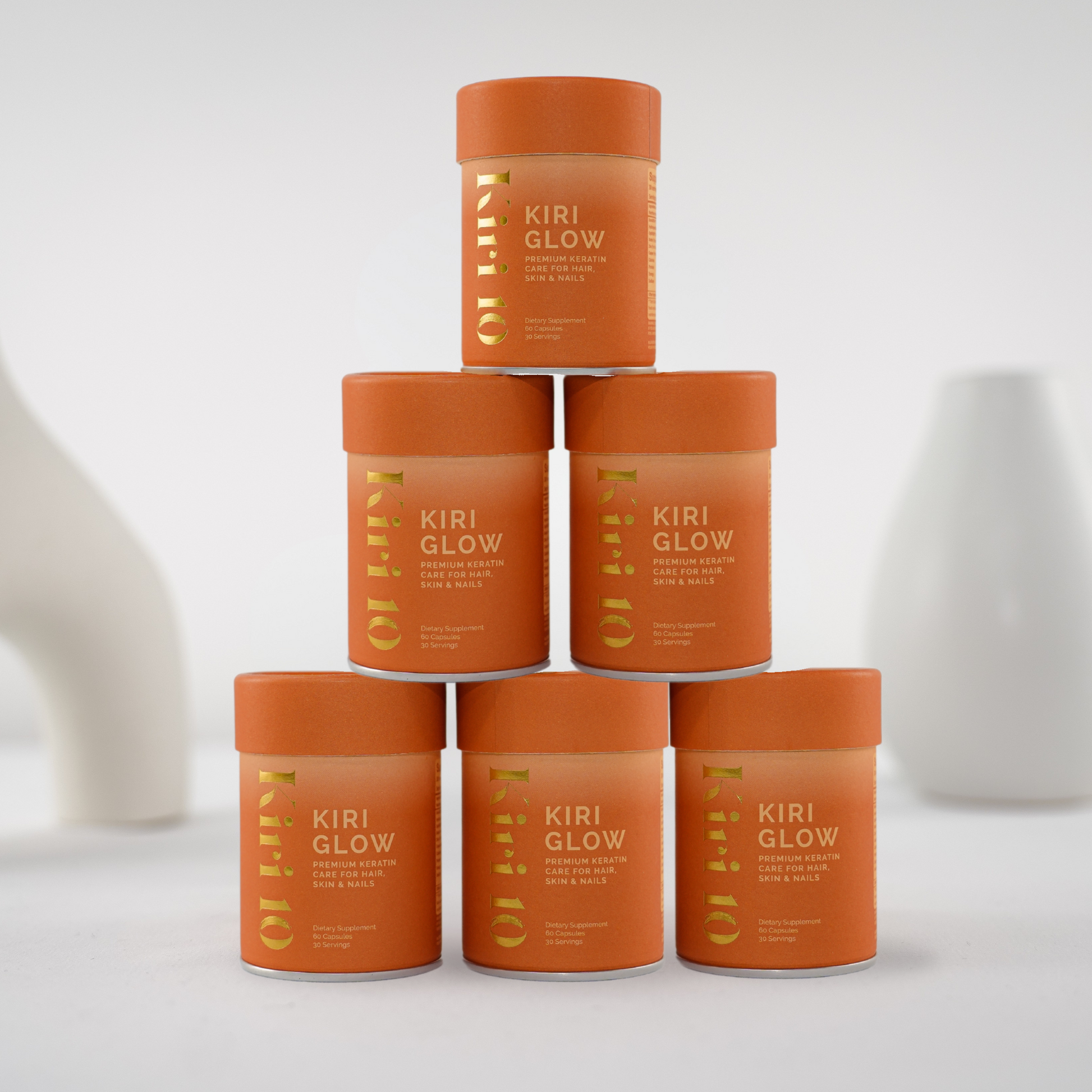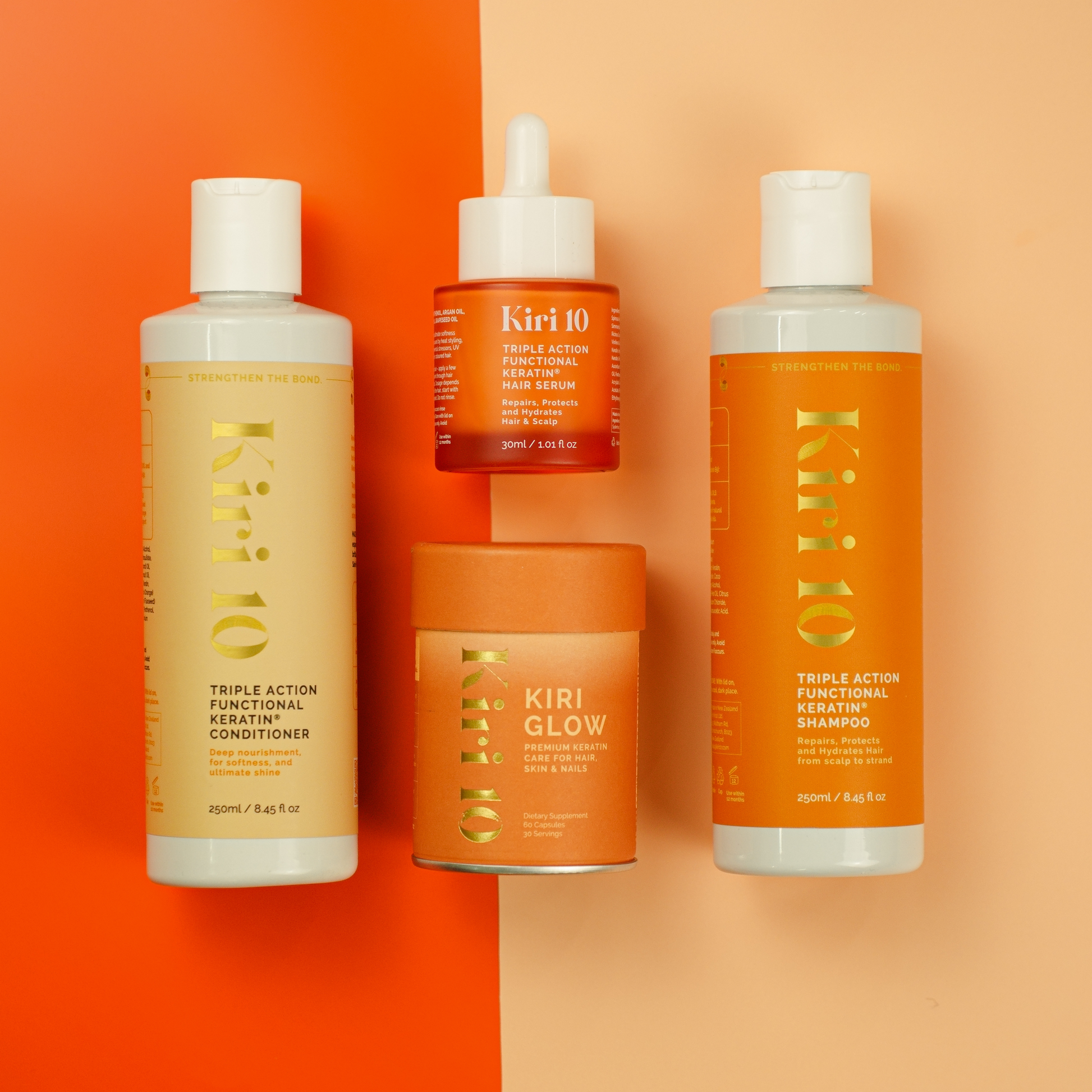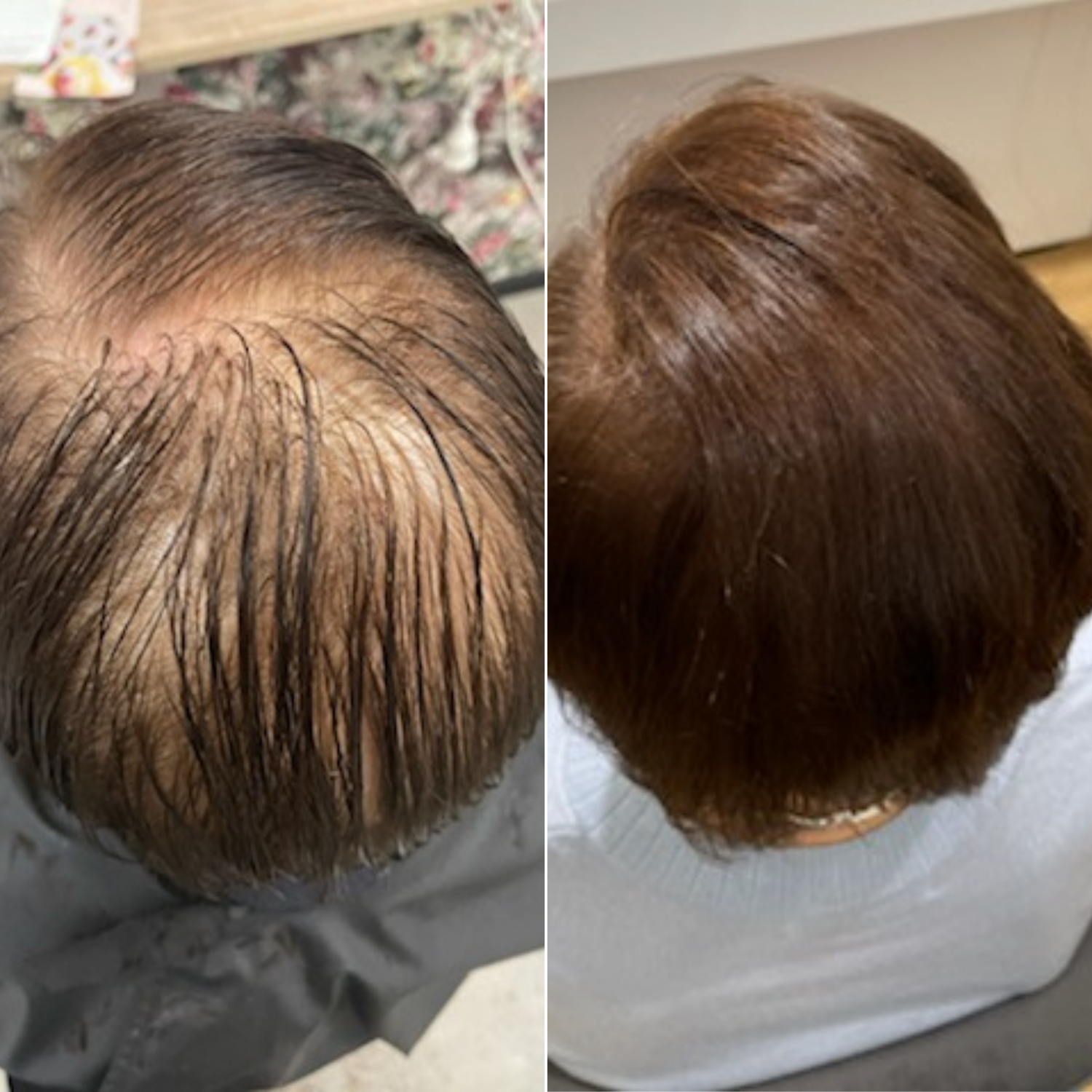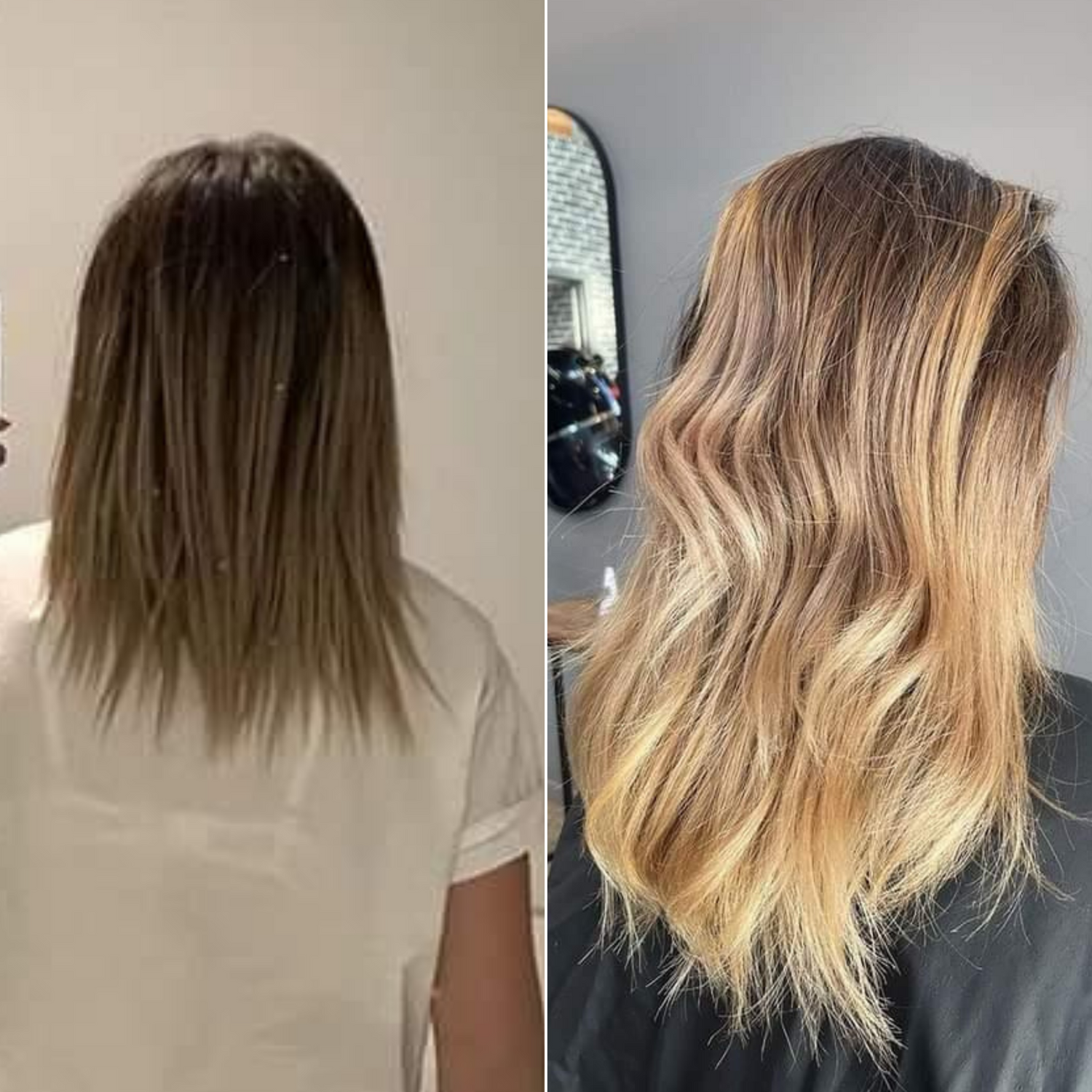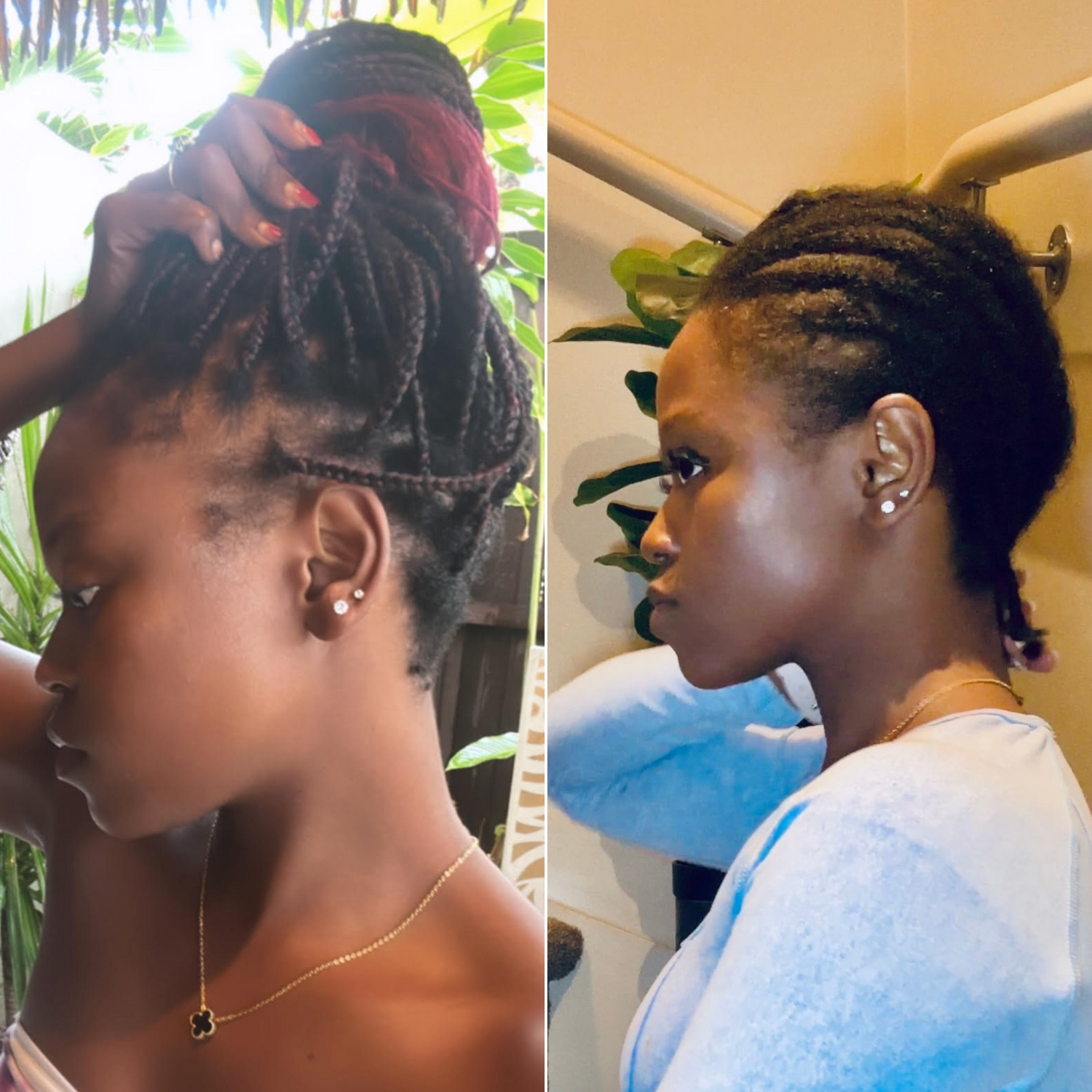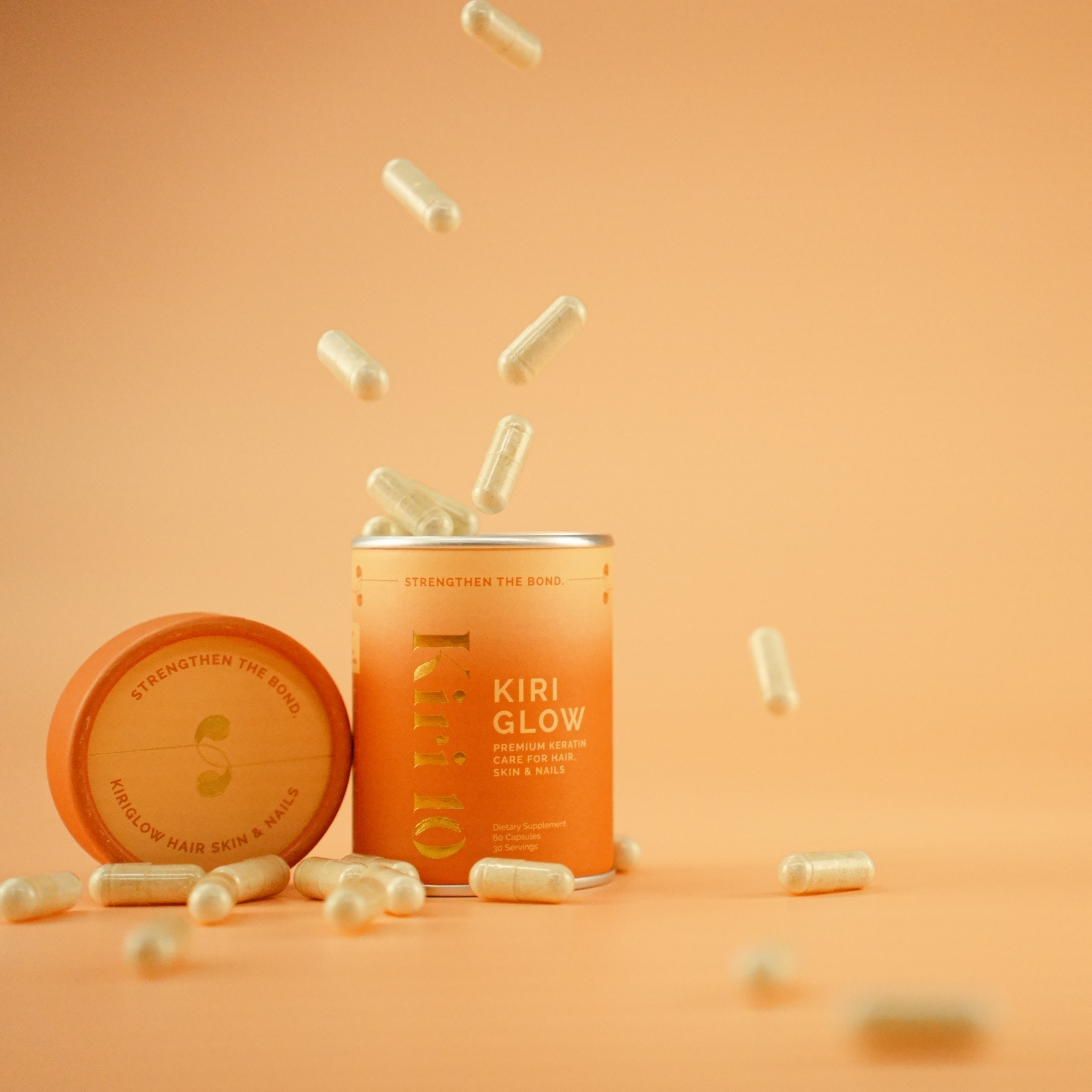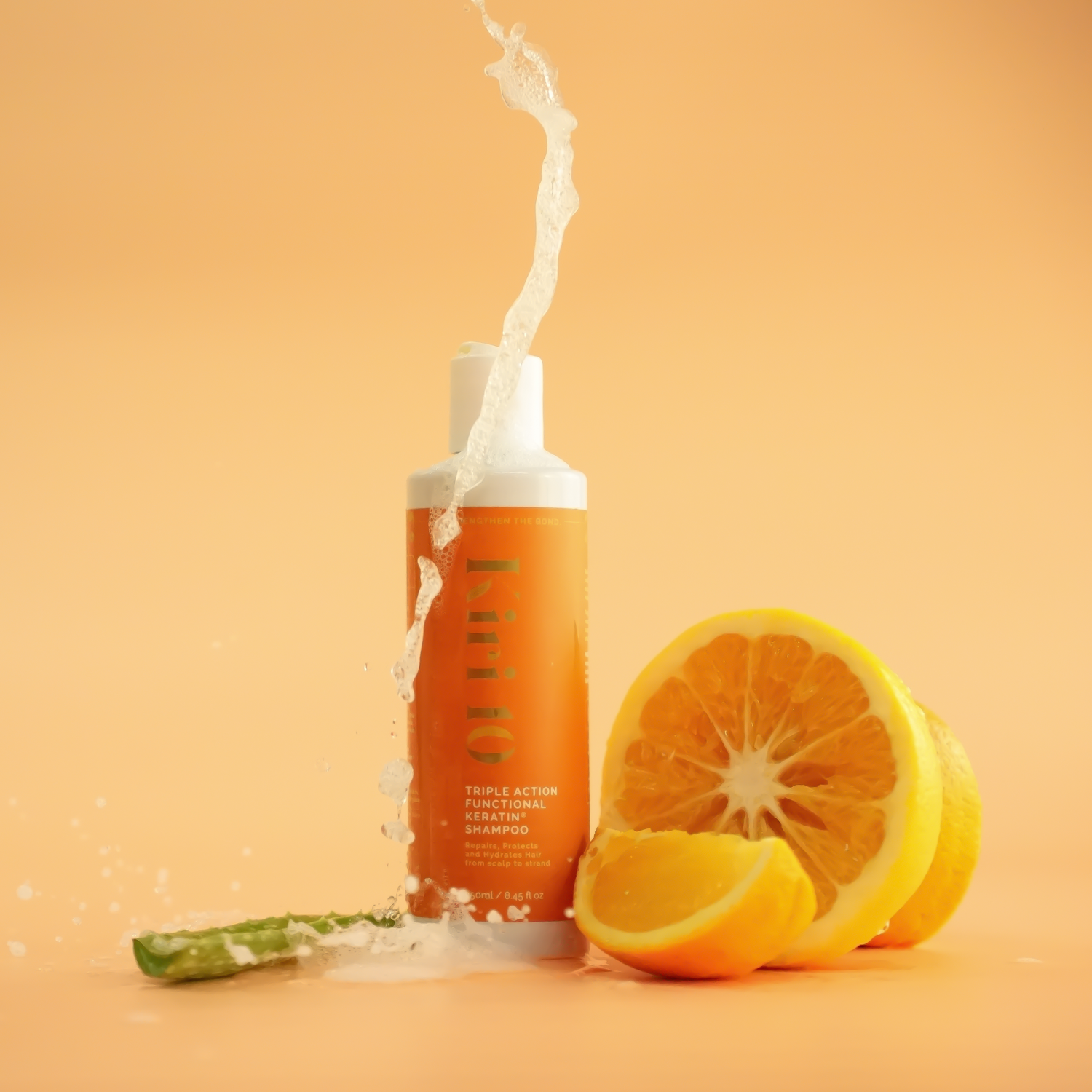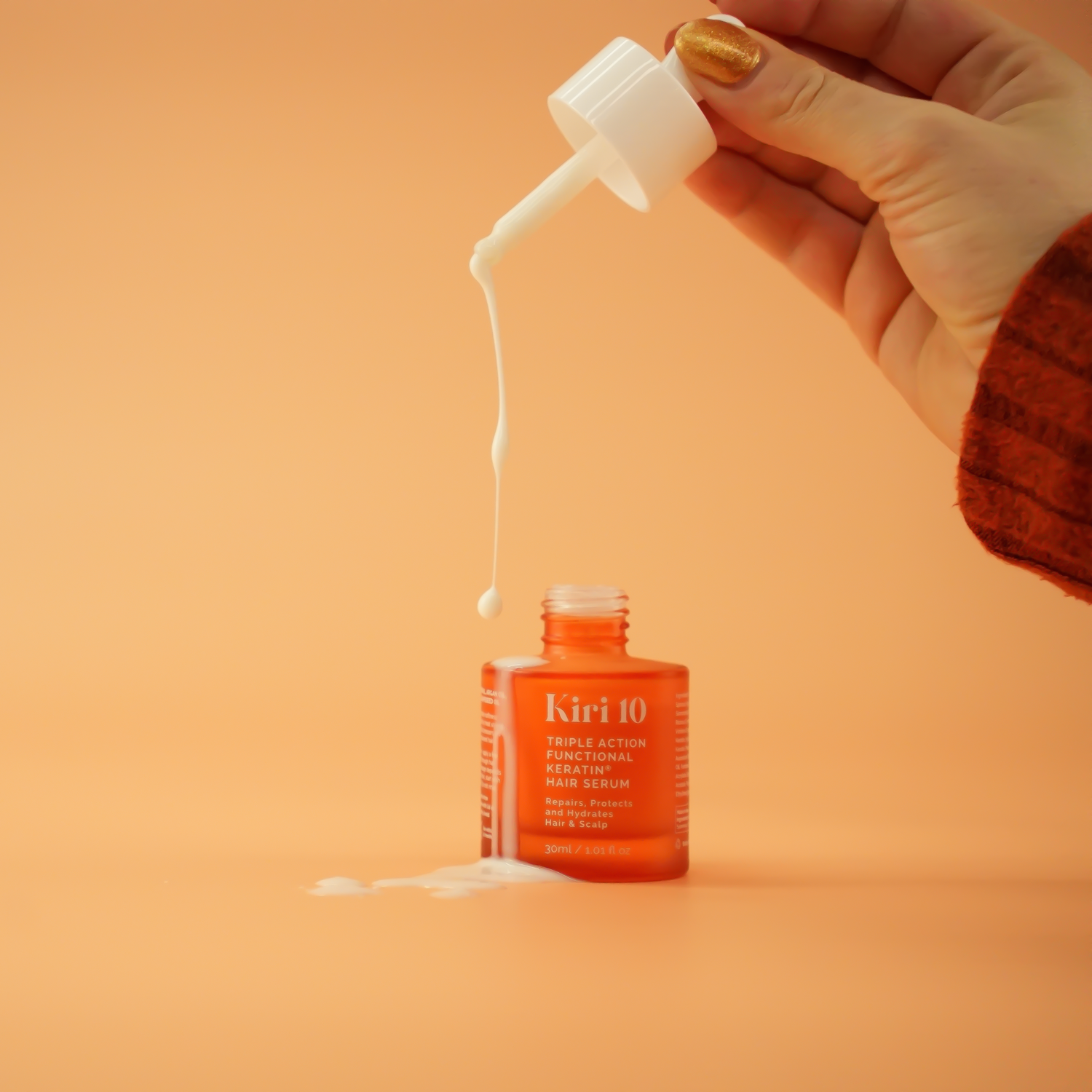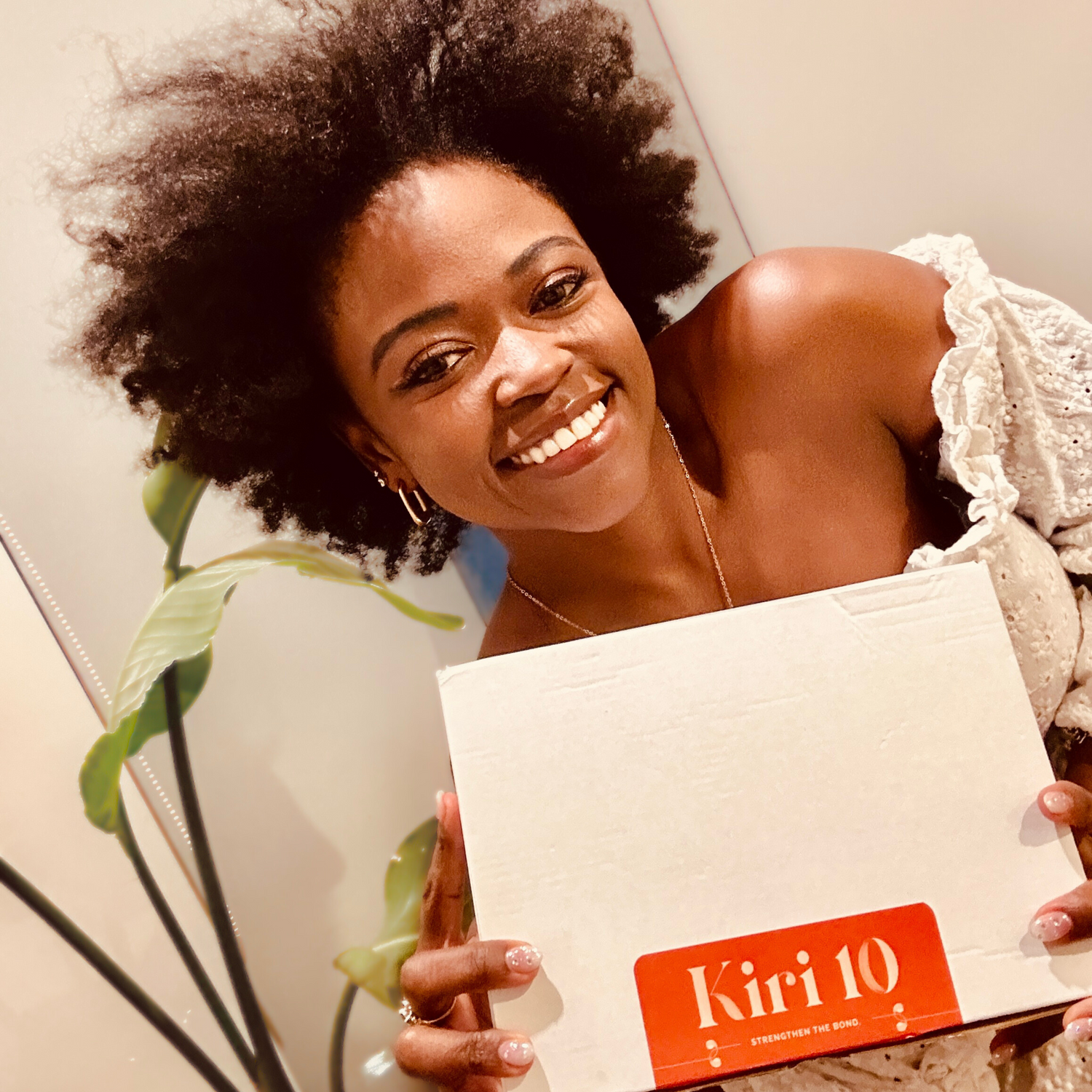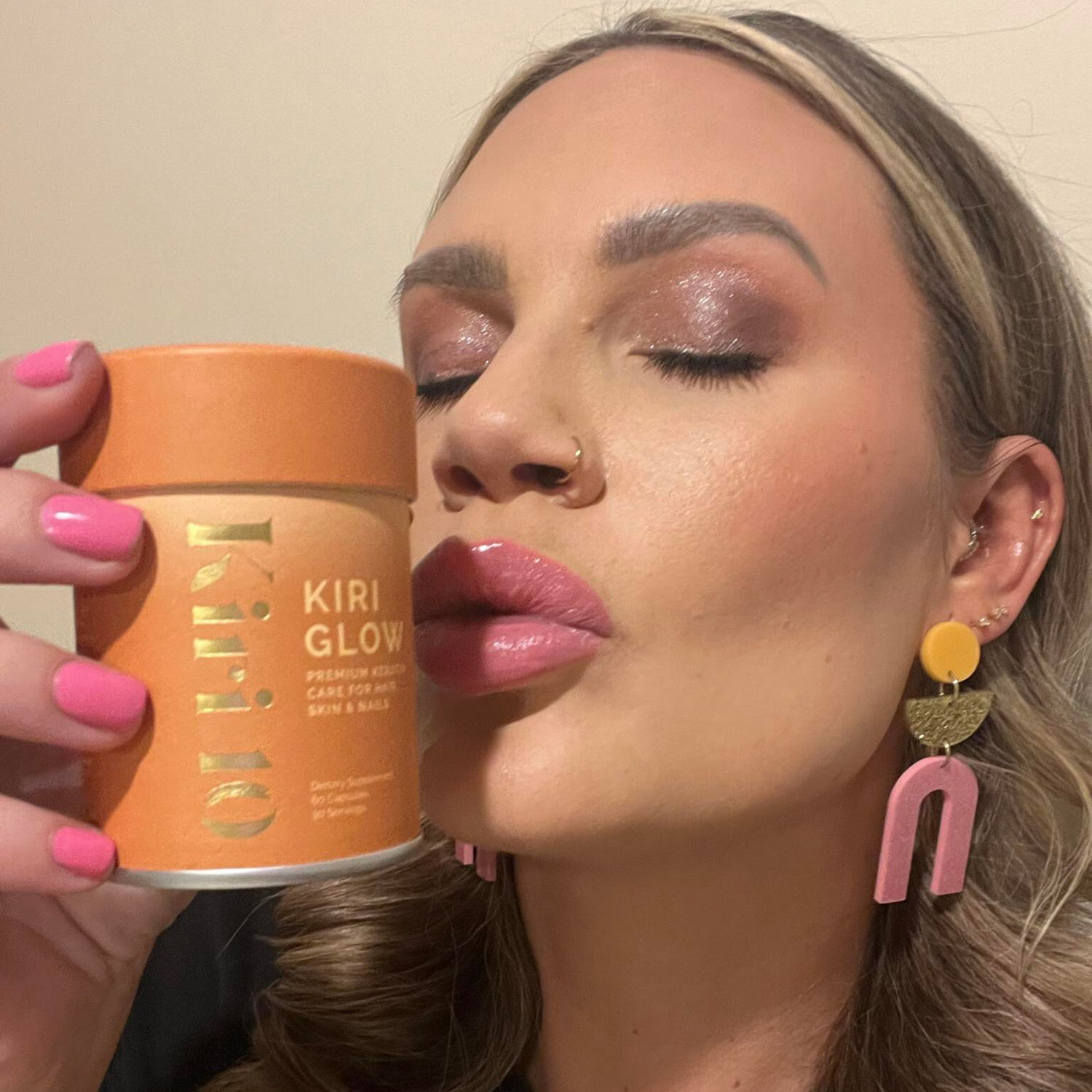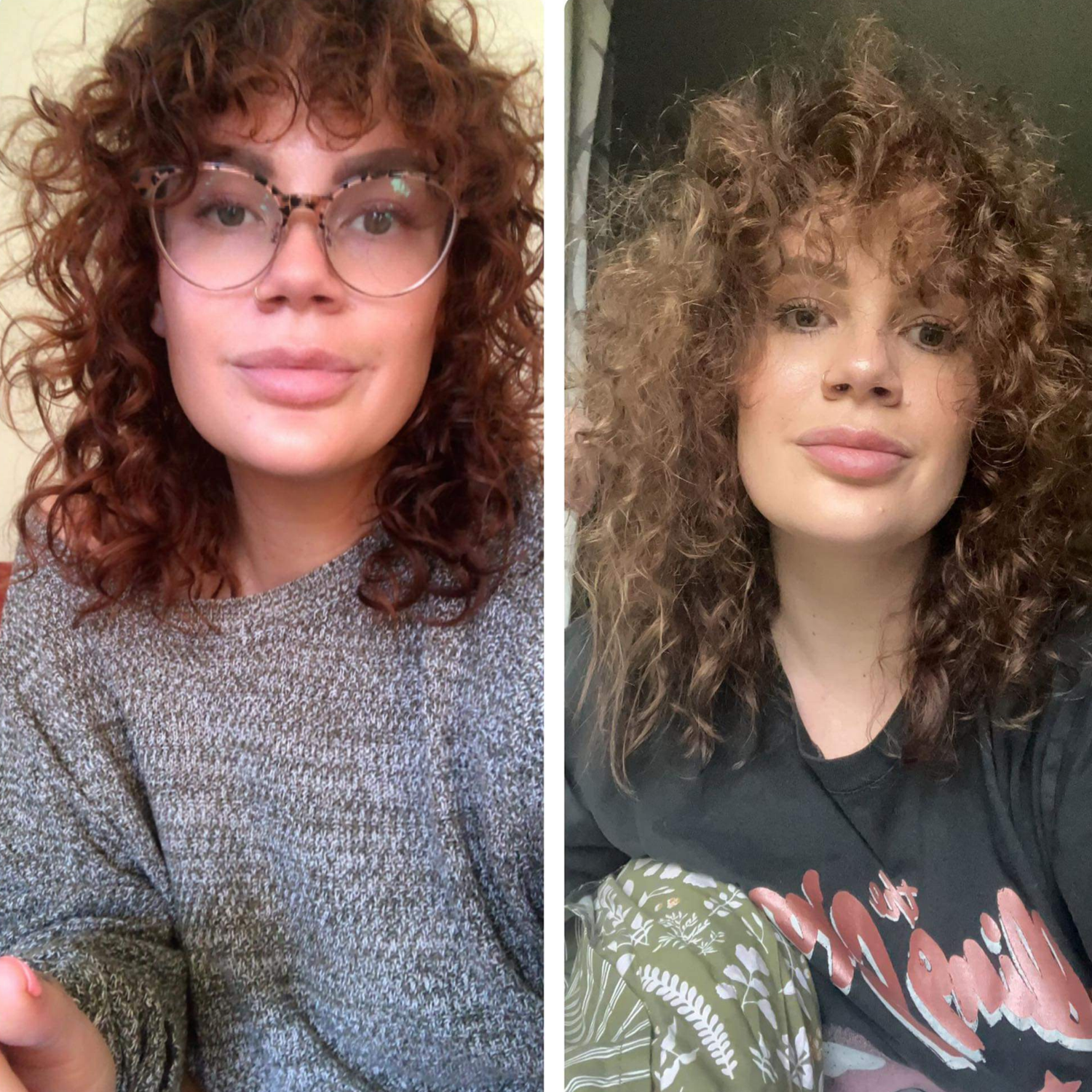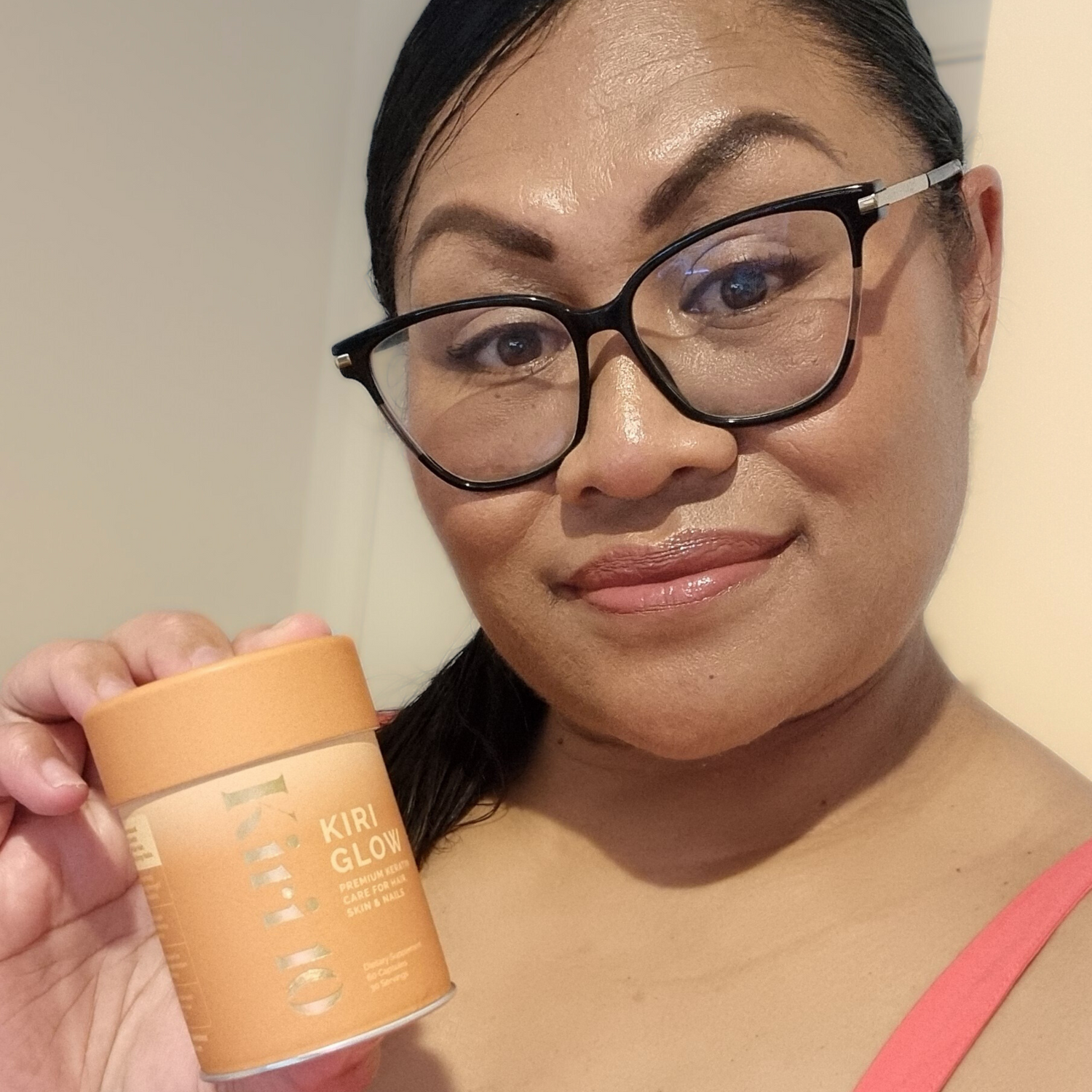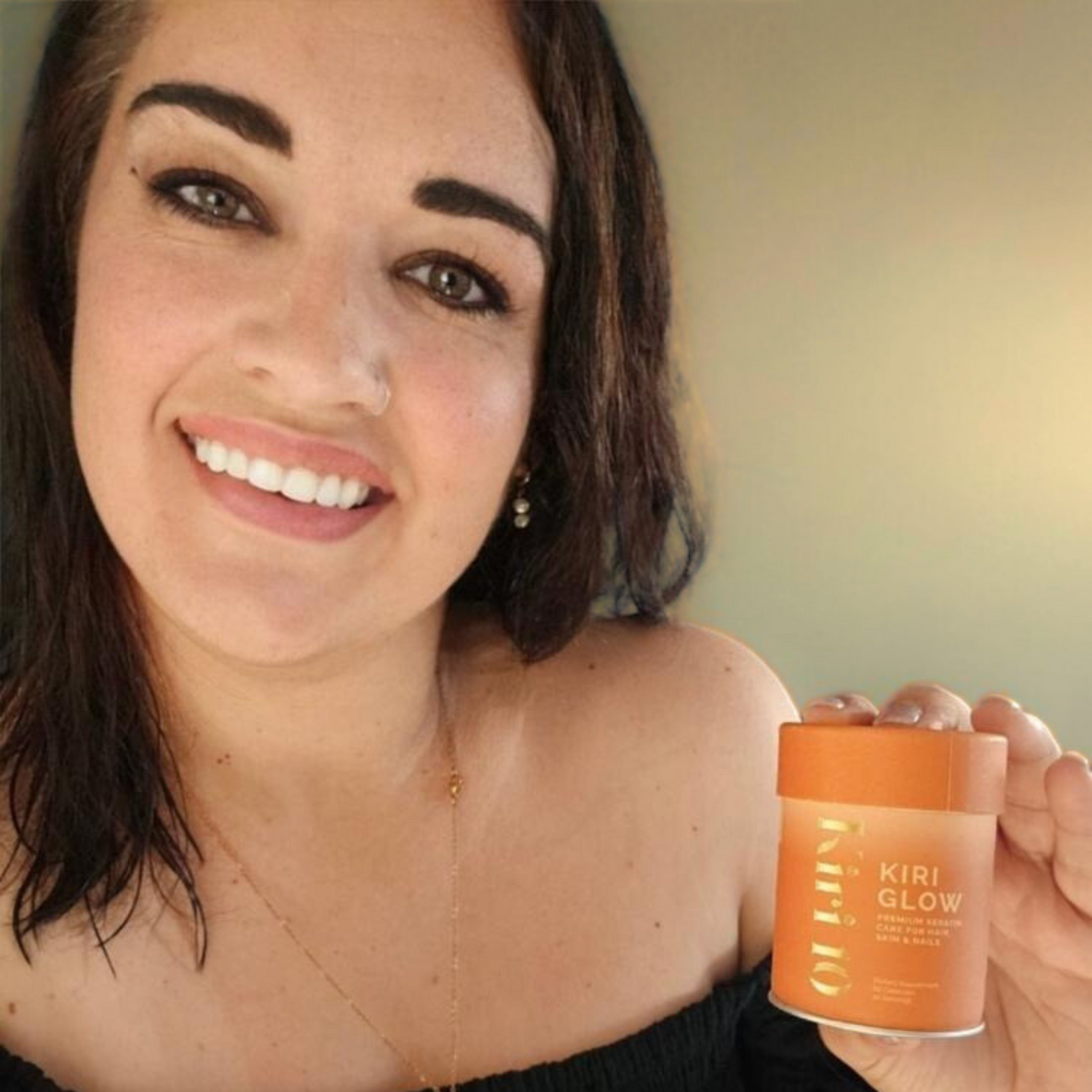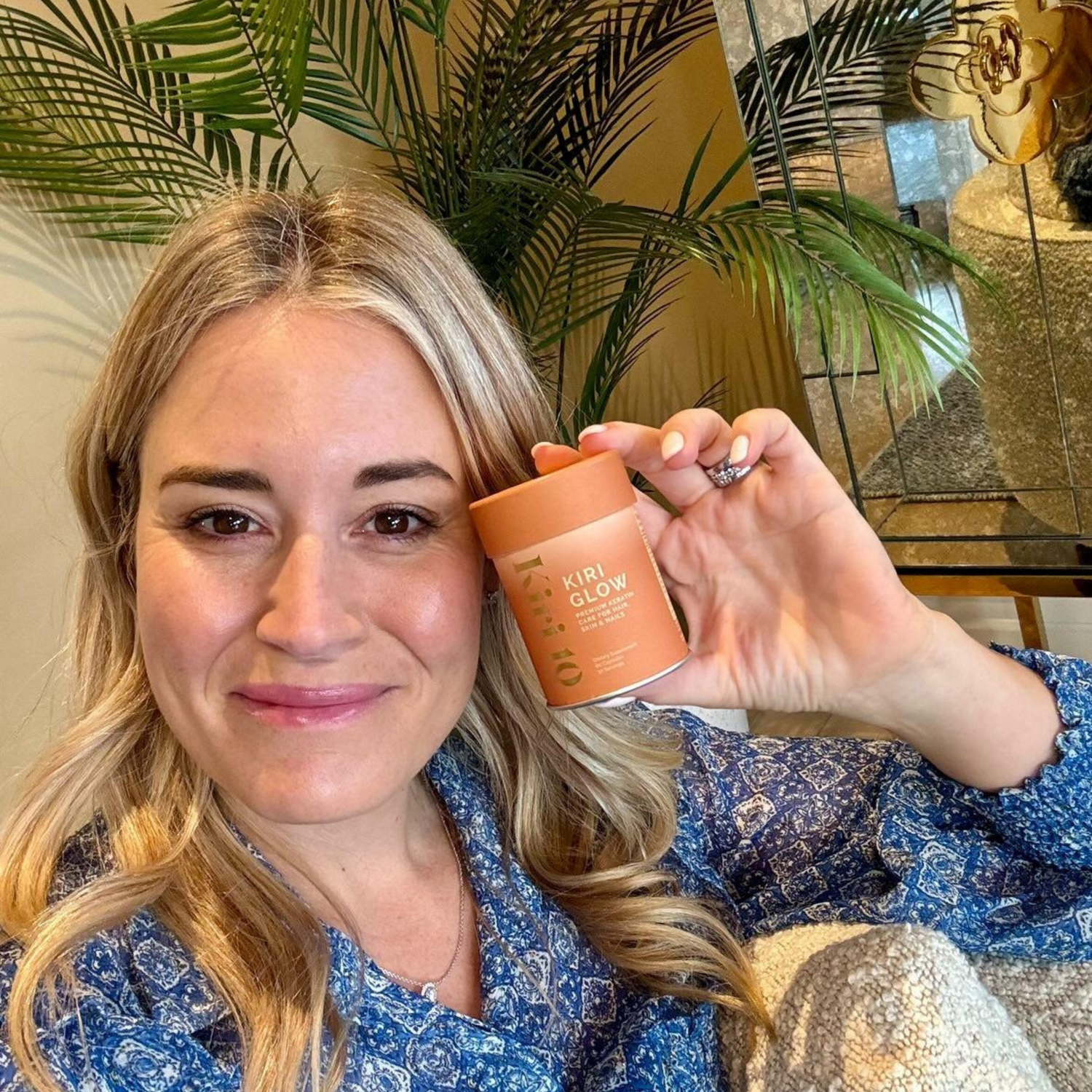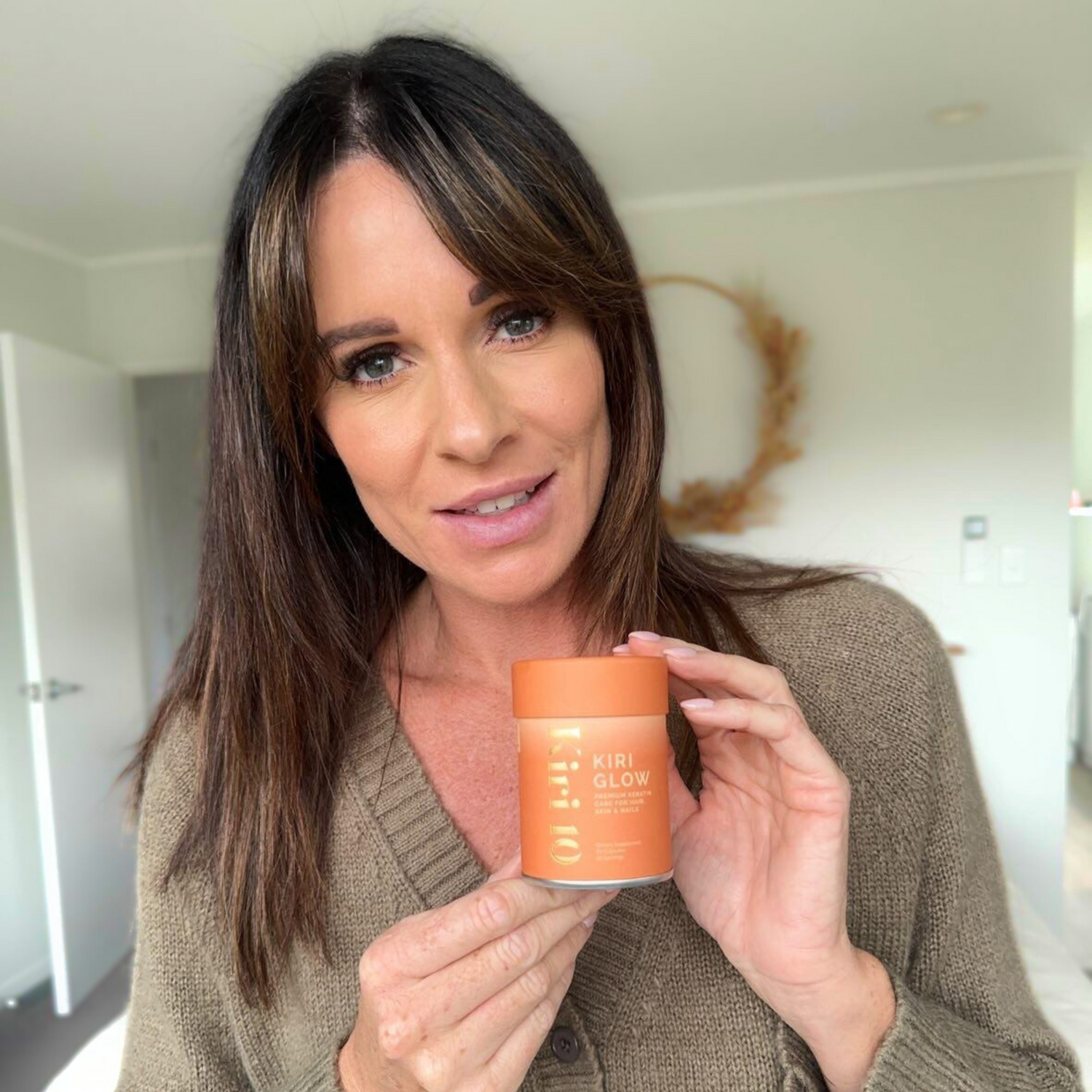Keratin, fibrous structural protein of hair, nails, horn, hoofs, wool, feathers, and of the epithelial cells in the outermost layers of the skin. Keratin serves important structural and protective functions, particularly in the epithelium. Some keratins have also been found to regulate key cellular activities, such as cell growth and protein synthesis.
Keratin proteins can be subdivided into alpha-keratins and beta-keratins, on the basis of their secondary structure (the geometry of their polypeptide chains, which is influenced by hydrogen bonding). Alpha-keratins, which are found in the hair, the skin, and the wool of mammals, are primarily fibrous and helical in structure. By contrast, beta-keratins, which occur in birds and reptiles, consist of parallel sheets of polypeptide chains. The amino acid composition of keratin also varies, depending on the tissue in which it occurs and its function. Of particular significance are cysteine residues, which become covalently linked via disulfide bonds, forming cystines. Cystines are responsible for the great stability of keratin.
Reference: Britannica ~ science ~ keratin


